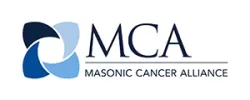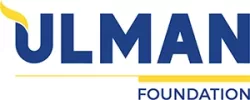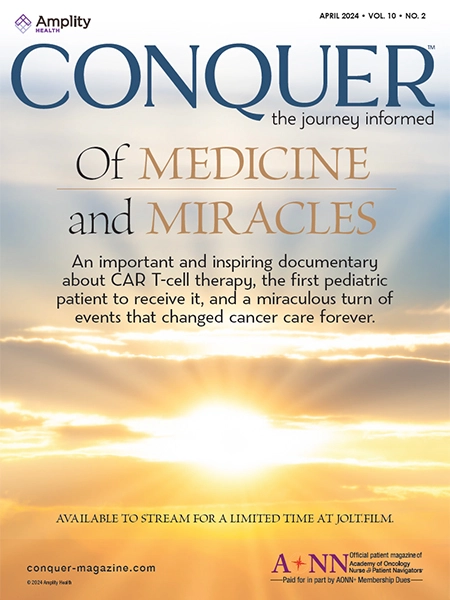Navigators who attended the Academy of Oncology Nurse & Patient Navigators (AONN+) 2017 West Coast Regional Meeting (WCRM) enjoyed 3 packed days of education, engagement, and energy. This year’s meeting, which took place April 27-29 in Phoenix, Arizona, brought over 200 oncology nurse and patient navigators together for what was one of AONN+’s great events this year.
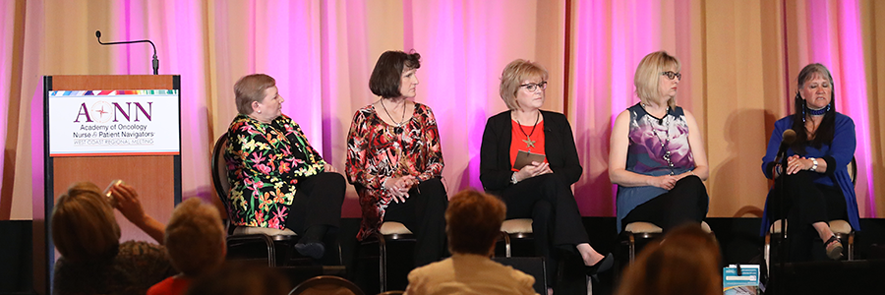
Over the course of the 3 days, attendees had the opportunity to learn about some of the hottest topics in oncology navigation, from the Commission on Cancer standards to AONN+’s standardized navigation metrics. This year’s event also provided qualified guests with the opportunity to take the Oncology Nurse Navigator–Certified Generalist™ (ONN-CG™) and Oncology Patient Navigator–Certified Generalist™ (OPN-CG™) exams. Information about upcoming certification exams, including tips for how to prepare, is available on the AONN+ website.

If you weren’t able to attend this year’s regional meeting, AONN+ proudly offers its members the opportunity to participate virtually! When it becomes available in the coming weeks, simply log in with your username and password (or register as a new user of the CME website), select the link for the 2017 WCRM Virtual Conference on the homepage, and receive access to all the educational sessions that your colleagues enjoyed. Continuing education credits can also be earned through the virtual conference by completing the accompanying assessment.
AONN+’s Eighth Annual Navigation & Survivorship Conference will take place November 16-19, 2017, in Orlando, Florida. Mark your calendars now and make plans to attend!
The Top 6 Topics Discussed at the Meeting
Although this year’s meeting featured a dozen exceptional general sessions, AONN+ has highlighted the following 6 elements for their focus on current oncology navigation trends:
Implementing the AONN+ Standardized Navigation Metrics
Members of the Navigation Metrics Task Force provided an overview of the AONN+ Standardized Navigation Metrics initiative and how to implement them.
In November 2016, AONN+ announced that it had successfully identified the first standardized navigation metrics for measuring patient experience, clinical outcomes, and return on investment. During their presentation at the West Coast Regional Meeting in Phoenix, Tricia Strusowski, MS, RN, Manager, Oncology Solutions, Inc, and Cheryl A. Bellomo, MSN, RN, OCN, ONN-CG, Oncology Nurse Navigator, Intermountain Southwest Cancer Center, reviewed these metrics and discussed how to implement them.
Cheryl began her part of the presentation by surveying the audience on a series of questions related to metrics. She asked 3 questions, including: How many navigators were familiar with metrics? Were they using metrics? And, lastly, who would like to use them? A large number of audience members raised their hands for each of the questions, suggesting a genuine interest in the topic.
Cheryl gave an overview of the history of navigation and a Commission on Cancer definition of navigation. Cheryl reviewed why navigation programs need standardized metrics and finished with how they go hand in hand with the emerging value-based Oncology Care Model.“Metrics data demonstrates the value of navigation and their impact on patient care,” explained Cheryl.
Tricia talked about the Metrics Task Force team, in which she and Cheryl participated, and how they produced the results—the development of the domains, metrics, and the resulting white paper that Tricia and 2 other members of the task force authored. She reviewed domains (Professional Roles and Responsibilities, Operations Management, Survivorship/End of Life, and Research and Quality Performance Improvement) and why they were used as the basis for the metrics.
As Tricia and Cheryl spoke, audience attendees took pictures of the presentation slides on the screen to take back with them to their practices and medical centers.
For the balance of their presentation, Tricia and Cheryl talked about how to use the navigation metrics, offering tips for selecting which metrics to focus on, sources for data, timeline for measurement, and tools for collecting data and reporting progress. They emphasized that later this year, the Metrics Subcommittee will be creating a national metrics repository for members.
The next day featured a panel discussion on metrics hosted by Lillie D. Shockney, RN, BS, MAS, ONN-CG; Danelle Johnston, RN, MSN, ONN-CG, OCN, CBCN; Tricia Strusowski, MS, RN; Vicki Kennedy, LCSW; and Linda Burhansstipanov, MSPH, DrPH. The panel began with a discussion by patient navigator Linda Burhansstipanov, who talked about her patient navigation program and the specifics of an online evaluation program. She discussed some of the challenges, including a major issue related to difficulties in finding information. As such, Linda said they moved to an app, which simplified the data input, increased the gathering of patient perspectives, and retrieval of billing information. She and her colleagues work with underserved communities on a data tool to evaluate patient navigation services in these communities. Linda walked the audience through the individual pieces of data they are collecting in their program.
Afterwards, the audience was encouraged to ask the panel questions, which ranged from asking for examples of simple value-based metrics to how to capture the data and which data to capture to how to utilize these metrics. The panel did a fantastic job of answering everyone’s questions and tried to make the subject understandable so that the metrics and their implementation are more easily understood and undertaken as a project.

Nurse and Patient Navigator Certification Testing
Early on Thursday morning, navigators took the nurse and patient navigator certification exams. AONN+ established its Oncology Nurse Navigator–Certified Generalist™ (ONN-CG™) and Oncology Patient Navigator–Certified Generalist™ (OPN-CG™) certifications for professionals in these respective professional fields. AONN+ created these certifications in response to the desires of the membership. The educational criteria and curriculum were developed by the AONN+ Certification Task Force made up of experienced leaders within both navigator fields.
In addition to the nurse and patient navigator certification exams, the beta exam for thoracic certification was held on Friday morning. This is the first in many cancer site–specific certifications AONN+ plans to develop.
Test takers will find out if they have passed the exam in the coming weeks and will be presented with an accreditation degree. Good luck to all!
Note: If you missed out on sitting for the certification exams at the Regional Meeting, be sure to join us at the 2017 Annual Conference in November when we will be offering the certification exams again!
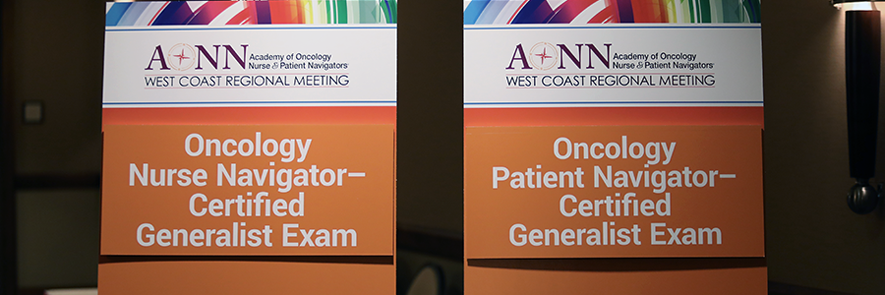
Role Delineation in Navigation
Role delineation in oncology navigation can have a significant impact on patient outcomes and a health system‘s bottom line. During her presentation, Jennifer Bires, LICSW, Clinical Social Worker and Program Coordinator, The George Washington Cancer Center, discussed the value of role delineation and how it can be implemented within the cancer care continuum.
Jennifer referenced a report that focused on the value of navigation. She talked about the multilevel barriers to care that patients often face, and how the various types of navigators (financial, nurse, patient,) as well as insurance workers, community health workers, and social workers can assist with each of these.
Although she said the term “navigator” is relatively new, continuous education and awareness of navigators and their roles are growing. Jennifer then walked the audience through the steps for successful role delineation, emphasizing the need for interprofessional collaboration and team-based navigation. “Navigators are like brokers,” stated Jennifer. “Working with other healthcare professionals is important.”
She talked about navigator functions that reach across the different areas of navigation, and spoke about how navigators may specialize in certain areas and can cross over to help others. She concluded her presentation with 3 individual patient case studies showing how the navigator and social worker in her medical practice used their areas of expertise to deliver care, thus demonstrating the value of role delineation in the cancer care continuum.

Immunotherapy
Melanoma oncologist Morganna Freeman, DO, FACP, presented on immunotherapy and delved into this exciting aspect of oncology care. She began by showing a video testimonial of a woman who benefited from immunotherapy. Before she was introduced to immunotherapy, the woman was told to get her affairs in order because her cancer was considered terminal.
After the remarkable video made the case for how immunotherapy can drastically improve a patient’s prognosis, Morganna tempered this good news with the fact that not everyone benefits from immunotherapy in the same way. She provided an overview on the variabilities of immunotherapy’s response rates, breaking them up into 3 categories—those who don’t respond at all; those who respond and relapse; and those who have an extreme response and go into remission for months or even years at a time.
The oncology community is trying to work toward greater predictability on response rates through the study of biomarkers. She used the example of the PD-L1 biomarker and how patients who exhibit this have a greater response rate to immunotherapy.
Morganna went on to talk about other immunotherapy medicines that are providing long-term survival rates. She spoke of the side effects of immunotherapy and how it is very different from chemotherapy. The onset for side effects for the former can be months as opposed to days for the latter. In addition, she talked about how as a larger patient population is being treated with immunotherapy there will be more obscure and serious side effects. She cautioned that providers need to be on the lookout for these side effects for a longer period of time. She talked about Medscape and other companies that providers can use for a predictive tool for side effects.
Morganna closed her presentation speaking about her experience with immunotherapy and melanoma patients. Before the use of immunotherapy, she knew that at some point patients with stage IV melanoma who were receiving chemotherapy would experience disease progression. Immunotherapy has become a game-changer in some of these patients, explained Morganna, and she offered an example of a patient with stage IV melanoma who, when administered immunotherapy, had a complete reversal in his/her prognosis.

A Review of CoC Standards and Best Practices
Barbara Dearmon, BS, CTR, Manager of Oncology Support Services, St. Vincent’s Healthcare, Jacksonville, Florida, and President-Elect and Secretary of the National Cancer Registrars Association’s Board of Directors, knows firsthand what it takes to achieve Commission on Cancer (CoC) accreditation.
Drawing on her experiences with St. Vincent’s Healthcare, Barbara walked meeting attendees through the latest CoC requirements for program management, clinical services, continuum-of-care services, patient outcomes, and data quality. Within each area, she provided examples of how St. Vincent’s Healthcare is approaching—and meeting—each standard. She also mentioned her medical center’s approach to goals and offered specifics on things such as patient navigation goals. Barbara noted that CoC-accredited centers are already capturing data measures, which coincides nicely with AONN+ standardized metrics initiative.
“If you don’t know your cancer registry, get to know them,” stated Barbara, when she was referring to Chapter 5 of the CoC standards.
She also mentioned they are looking to change the data reporting from 6 months to 3 months so that commissions can more easily access the data.

Navigating Oncopolitics
In healthcare, a “silo mentality” can negatively affect the quality of patient care as well as the patient’s physical outcome. During her presentation, AONN+ Co-Founder and Program Director Lillie D. Shockney, RN, BS, MAS, ONN-CG, provided an overview of the “silo mentality” in healthcare, how it can negatively affect the quality of patient care, and offered tips for overcoming it.
Lillie began her presentation by surveying the audience on a variety of questions, including various standards, funding, reimbursement, and research for their individual medical centers.
As a self-described farm girl growing up, Lillie talked about the use of silos on farms. These storage containers are used to keep individual grains separate; she pointed out the importance of not mixing any grains. Lillie used this example to point out what she is experiencing in healthcare. Sadly, the “silo mentality’ is prevalent in healthcare and can negatively affect the quality of patient care and the patient’s physical outcome. Typically, workers and managers try to play the blame game, and do not break out of their assigned duties and responsibilities to try to problem-solve.
She used her hospital as an example, stating that at one time there was a time delay in getting results of biopsied breast tissue for cancer results. The surgeon wanted Lillie to blame the pathologist. Rather than blaming the pathologist, Lillie discovered how the biopsied breast tissue traveled from the operating room to the pathology department, and how to reduce the time delay in the delivery to expedite the results. By taking ownership of the problem and understanding the silo breakdown between the pathology and surgery departments, Lillie was able to troubleshoot the issue and solve it rather than just create additional tension between both departments.
She then highlighted the benefits of breaking down silos and the ways in which this can be accomplished, including doing things such as streamlining procedures, sharing best practices, and encouraging and listening to feedback. For example, she says a thoughtful dialogue between different team members and/or patients and understanding their perspectives can go a long way in alleviating the fears of team members and/or patients and make them feel valued. Whether it involves bringing in new medical team members in a merger situation or helping patients understand protocols such as when patients are getting ready to have surgery and 3 different providers ask their name, what is getting done to them and which body part, medical team members’ and patients’ understanding of the situation can go a long way.
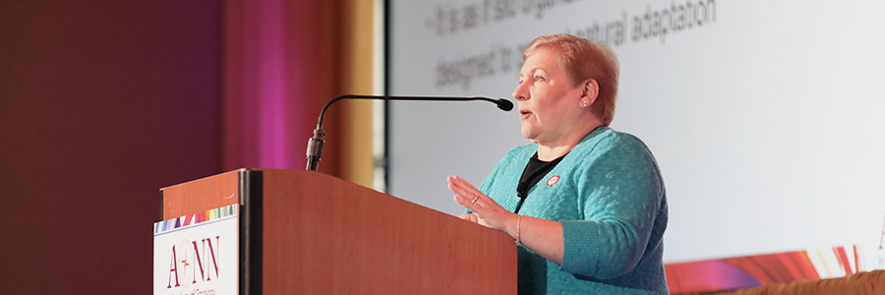
In addition to our conference highlights, be on the lookout for our Navigator on the Street videos to gain different perspectives on the meeting as well as our key opinion leader interviews, which provide overviews about the significance of the navigation profession and AONN+’s initiatives. We currently have videos on the site from past meetings and conferences that members can access today.









